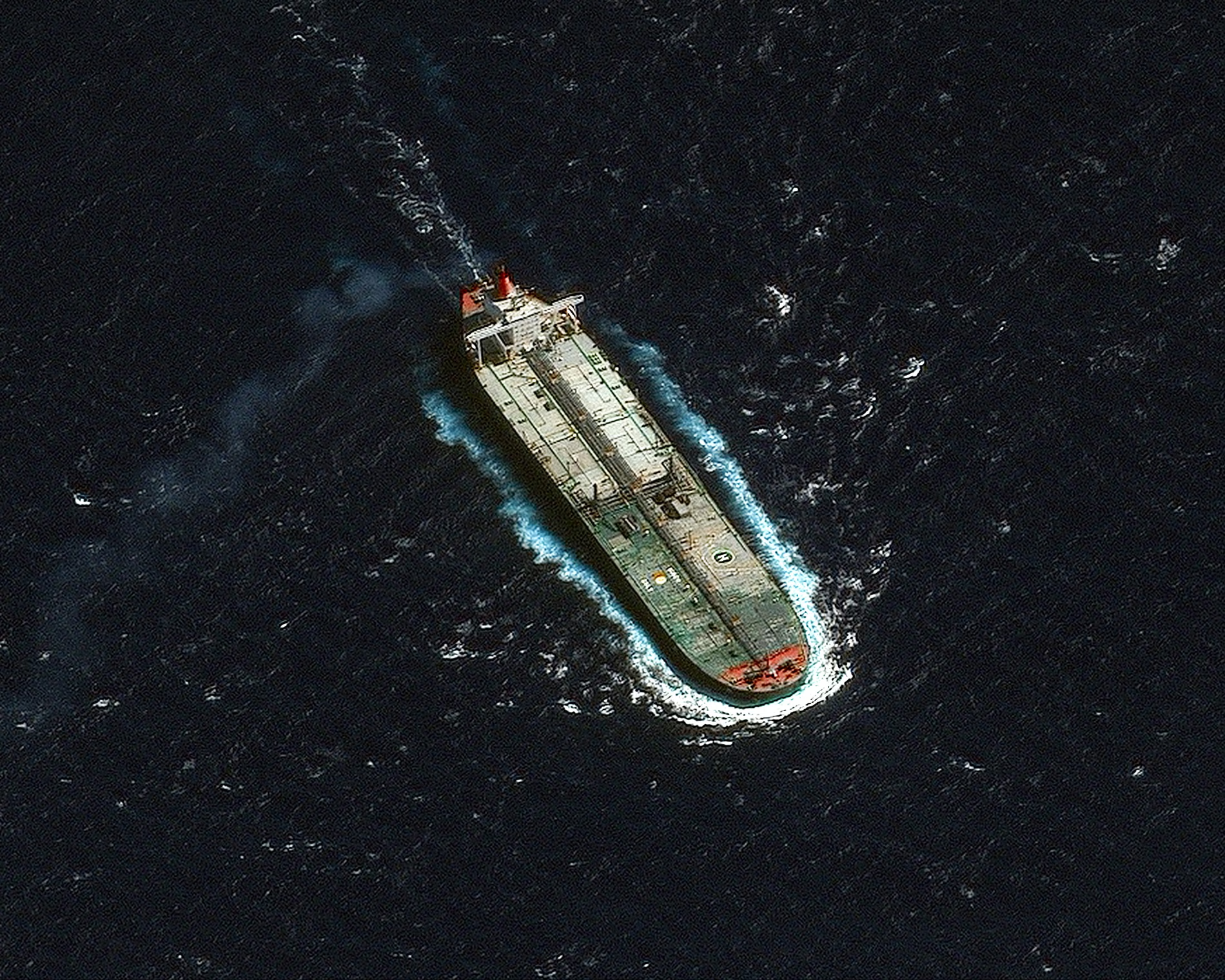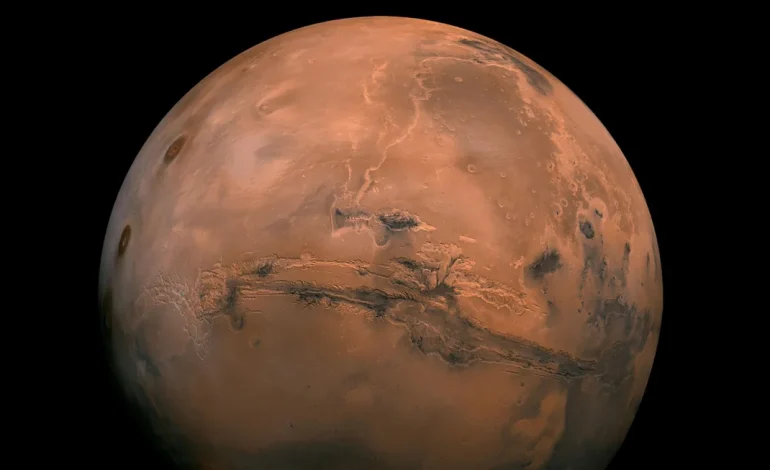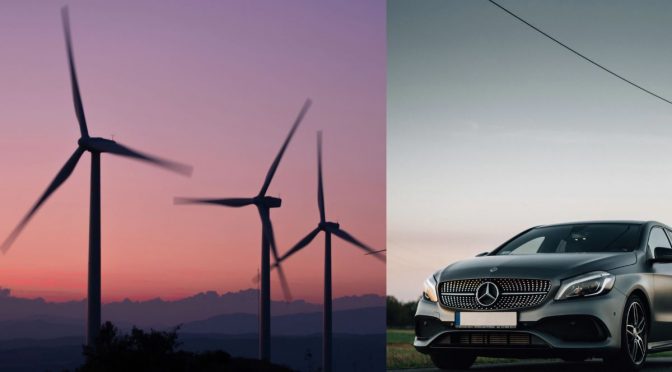Toxic Martian dust could present a major health hazard to astronauts on future missions to the Red Planet, requiring substantial countermeasures to ensure their safety, according to new research, CNN reports.
The study, published in the journal GeoHealth, identifies a range of harmful substances, including silica, gypsum, perchlorates, and nanophase iron oxides, found in the dust, which could pose serious risks to astronauts’ health, particularly to their lungs.
The research highlights that Martian dust is extremely fine and capable of remaining in the lungs, potentially entering the bloodstream and causing long-term health issues.
“Astronauts are already at risk for pulmonary fibrosis due to radiation exposure in space, and many of the compounds found in Martian dust, such as silica and iron oxides, could exacerbate lung diseases,” said Justin Wang, a medical student at the Keck School of Medicine at the University of Southern California (USC), and co-author of the study.
These particles could lead to chronic respiratory issues, including pulmonary disease, if not carefully managed.
In addition to lung problems, perchlorates—chemical compounds detected at toxic levels in Martian soil—could cause thyroid dysfunction and aplastic anemia, a serious condition in which the body fails to produce enough blood cells. These risks would require astronauts to implement stringent dust filtration systems, clean cabin environments regularly, and possibly use electrostatic devices to repel dust particles.
Despite these concerns, Wang remains optimistic about the feasibility of Mars exploration.
“While Martian dust poses a real hazard, it is not insurmountable,” he noted. “With the proper precautions and preparation, these risks can be managed.”
The study’s co-author, Brian Hynek, a professor of geological sciences at the University of Colorado Boulder, also pointed out that Martian dust presents challenges beyond health concerns. The dust, which constantly falls from the sky and often accumulates during global dust storms, can cover equipment, including spacecraft, vehicles, and solar panels, affecting their functionality.
“We have already seen rovers lose scientific instruments or even entire missions due to solar panels being rendered useless from dust accumulation,” Hynek explained.
Julia Cartwright, an independent research fellow at the University of Leicester’s Institute for Space, further emphasized the unique dangers of Martian dust. Unlike Earth’s dust, which is generally rounded due to erosion, Martian dust consists of sharp, jagged particles.
“This makes the dust much more likely to irritate soft tissues, similar to the risks posed by asbestos,” she said.
Cartwright also highlighted the logistical challenges in filtering and replacing air filters, as Martian dust contains harmful elements such as chromium, arsenic, and cadmium.
Experts agree that addressing these challenges will require advanced solutions that involve collaboration across medical, engineering, and scientific fields.
“The distance from Earth means that astronauts cannot easily evacuate if health issues arise,” noted Jonathan Eastwood, a professor of space physics at Imperial College London. “This makes it crucial to have comprehensive medical capabilities on Mars.”
Natalya Zavina-James, senior exploration research manager at the UK Space Agency, stressed the importance of such studies in addressing the human health implications of Mars missions.
“This research is a critical step in understanding the complex factors that will affect astronauts’ health and safety during a Mars mission,” she said.









The latest news in your social feeds
Subscribe to our social media platforms to stay tuned